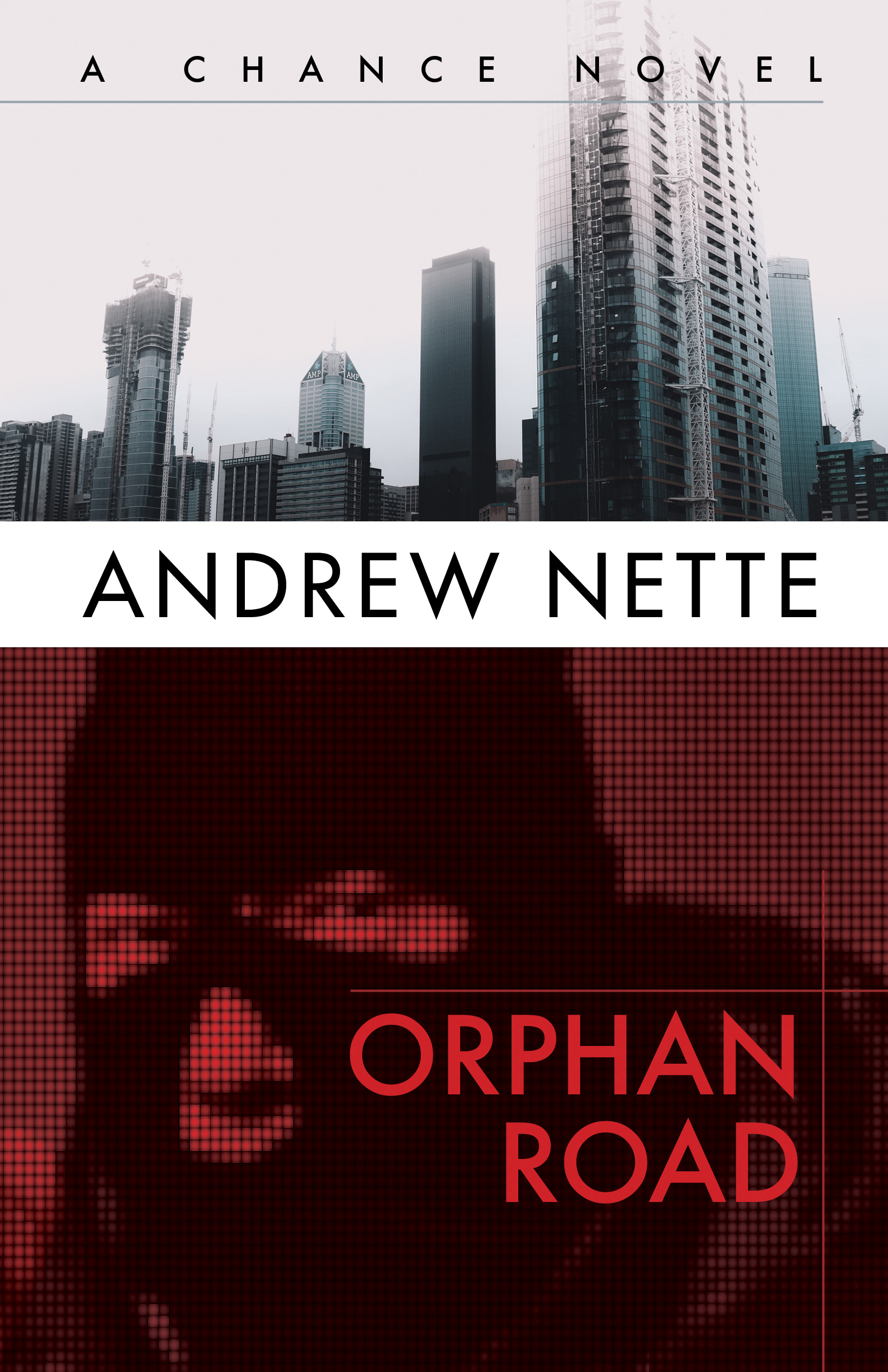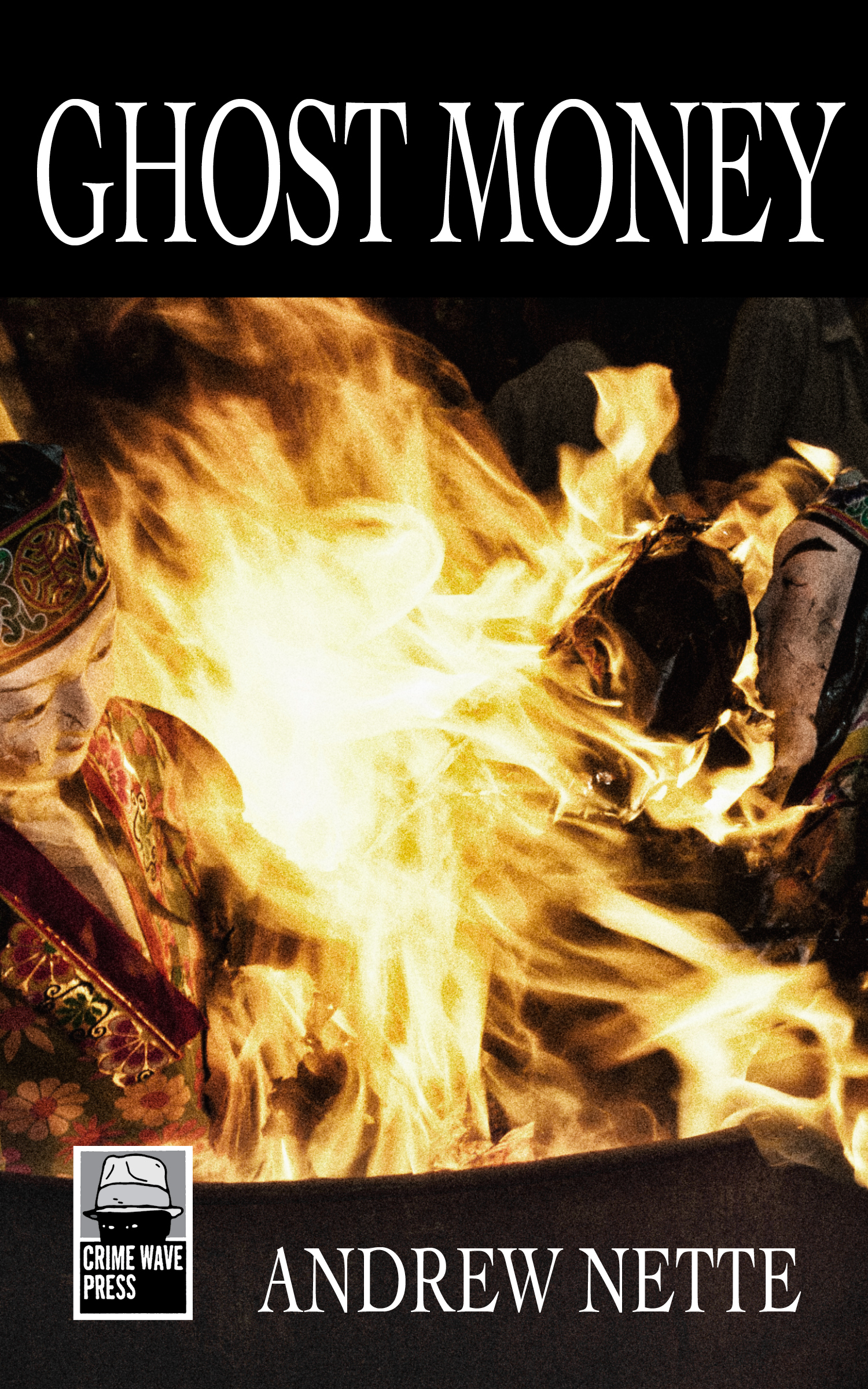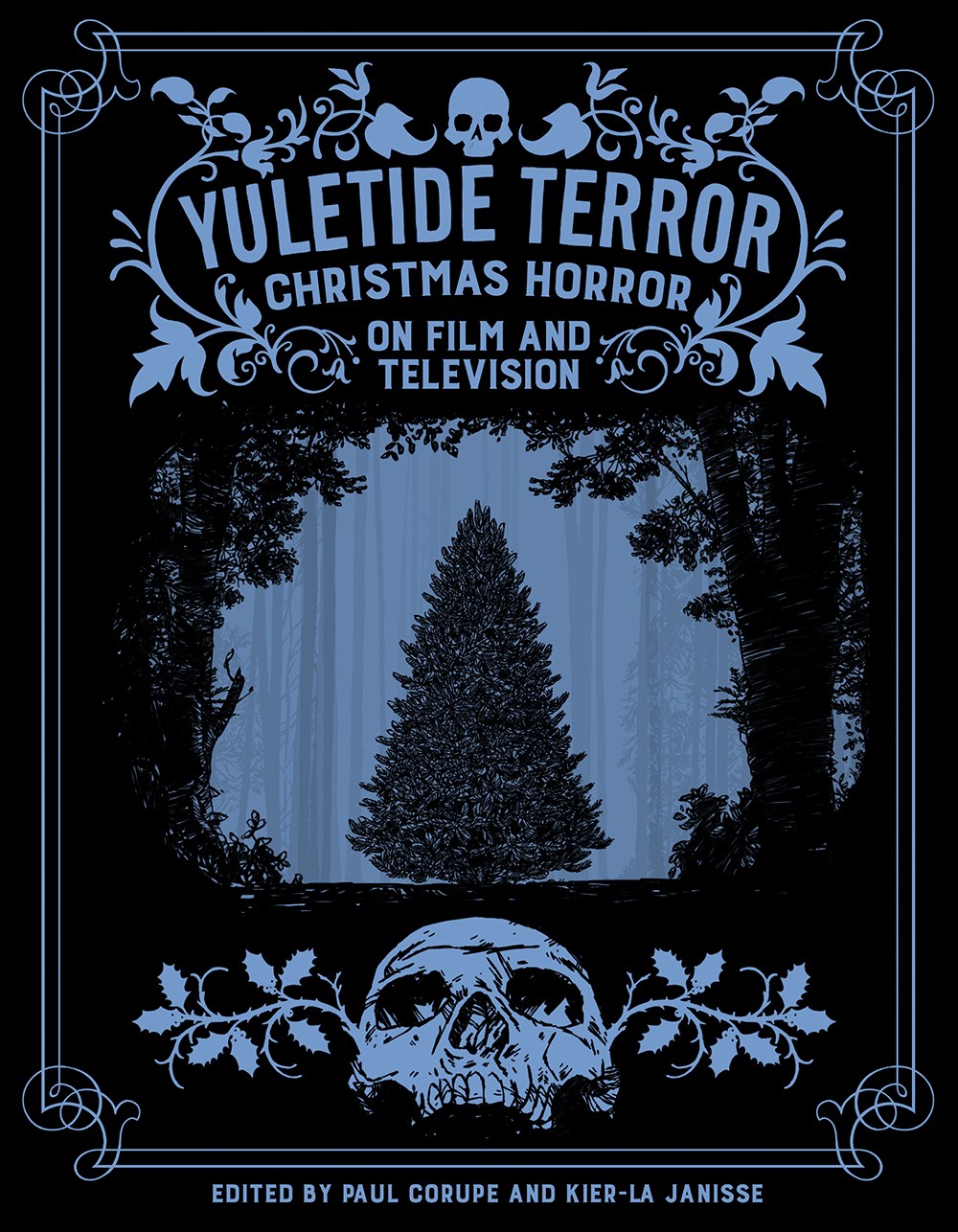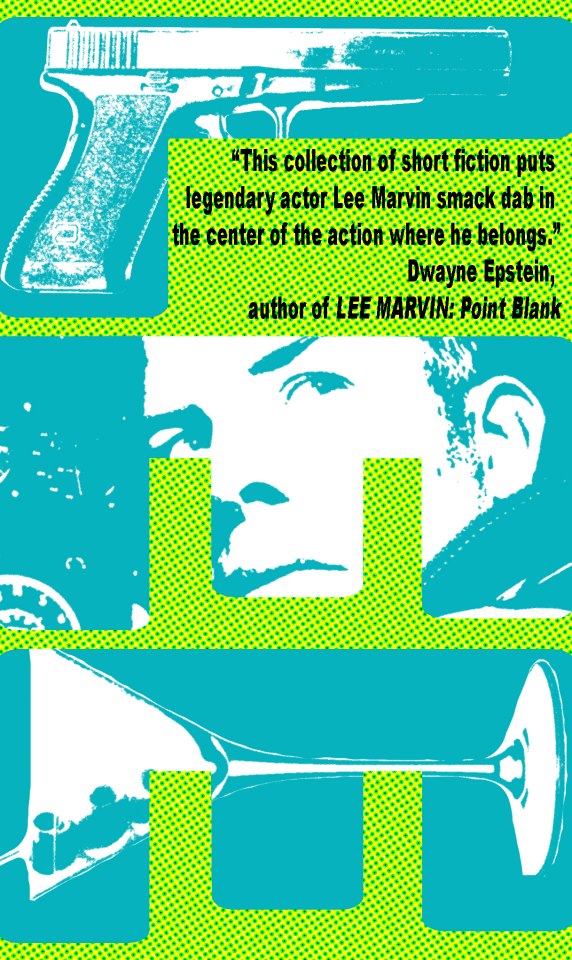Search
-
Recent Posts
- Dishing up Pulp Curry in a new way: why I am starting a Substack newsletter
- Book reviews: Deadly dames, midcentury Brit pulp and 1970s science fiction
- Mackenna’s Gold (1969): Gold, Ghosts and Frontier Violence
- Orphan Road book launch
- Orphan Road now available
- Pre-orders open for my new novel, Orphan Road
- Cover reveal: Orphan Road, my follow up to Gunshine State
- Breakfast in the Ruins podcast: New English Library Bikermania
- Why 1973 was the year Sidney Lumet took on police corruption
- Men’s Adventure Quarterly: Gang Girls issue
Categories
- 1960s American crime films
- 1970s American crime films
- 1980s American crime films
- 1990s American crime films
- Adrian McKinty
- Albert Dekker
- Andre De Toth
- Angela Savage
- Angie Dickinson
- Anthony Zerbe
- Asian noir
- Australian crime fiction
- Australian crime film
- Australian noir
- Australian popular culture
- Australian pulp fiction
- Australian television history
- Ava Gardner
- Beat culture
- Belmont Tower Books
- Ben Wheatley
- Billie Whitelaw
- Black pulp fiction
- Blaxsploitation
- Book cover design
- Book Reviews
- British crime cinema
- British pulp fiction
- Bryan Brown
- Burt Lancaster
- Carter Brown
- Charles Durning
- Charles Willeford
- Chester Himes
- Christopher G Moore
- Christopher Lee
- Cinema culture
- Claude Atkins
- Coronet Books
- Crawford Productions
- Crime Factory
- Crime Factory Publications
- Crime fiction
- Crime fiction and film from Africa
- Crime fiction and film from Cambodia
- Crime fiction and film from China
- Crime fiction and film from India
- Crime fiction and film from Indonesia
- Crime fiction and film from Japan
- Crime fiction and film from Laos
- Crime fiction and film from Latin and Central America
- Crime fiction and film from Malaysia
- Crime fiction and film from New Zealand
- Crime fiction and film from Scandinavia
- Crime fiction and film from Singapore
- Crime fiction and film from South Korea
- Crime fiction and film from Thailand
- Crime fiction and film from the Philippines
- Crime Fiction and film set in Vietnam
- Crime film
- Dangerous Visions and New Worlds Radical Science Fiction 1950 to 1985
- David Goodis
- David Peace
- David Whish-Wilson
- Derek Raymond
- Diana Dors
- Dirk Bogarde
- Don Siegel
- Don Winslow
- Donald Westlake aka Richard Stark
- Dystopian cinema
- Ernest Borgnine
- Eurocrime
- Fawcett Gold Medal Books
- Femme fatale
- Fernando Di Leo
- Filipino genre films
- Film Noir
- Forgotten Melbourne
- French cinema
- French crime fiction
- Garry Disher
- Gene Hackman
- George V Higgins
- Georges Simenon
- Ghost Money
- Giallo cinema
- Gil Brewer
- Girl Gangs, Biker Boys and Real Cool Cats: Pulp Fiction & Youth Culture, 1950-1980
- Gloria Grahame
- Gold Star Publications
- Gregory Peck
- Gunshine State
- Heist films
- Horror
- Horwitz Publications
- Humphrey Bogart
- Ian Fleming
- Interviews
- Ira Levin
- James Caan
- James Crumley
- James Ellroy
- James Hadley Chase
- James Woods
- Jim Brown
- Jim Thompson
- Joel Edgerton
- John Frankenheimer
- Joseph Losey
- Karen Black
- Kerry Greenwood
- Kinji Fukasaku
- Larry Kent
- Laura Elizabeth Woolett
- Lee Marvin
- Leigh Redhead
- Lindy Cameron
- M Emmet Walsh
- Mad Max
- Mafia
- Malla Nunn
- Martin Limon
- Megan Abbott
- Melbourne International Film Festival
- Melbourne Writers Festival
- Men's Adventure Magazines
- Michael Caine
- Michael Fassbender
- Mickey Spillane
- Monarch Books
- Ned Kelly Awards
- Neo Noir
- New English Library
- Newton Thornburg
- Noir Con
- Noir fiction
- Non-crime reviews
- Oren Moverman
- Orphan Road
- Ozsploitation
- Pan Books
- Parker
- Paul Newman
- Peter Boyle
- Peter Corris
- Peter Strickland
- Peter Yates
- Poliziotteschi
- Pulp fiction
- Pulp fiction in the 70s and 80s
- Pulp fiction set in Asia
- Pulp Friday
- Pulp paperback cover art
- Qui Xiaolong
- Raymond Chandler
- Richard Burton
- Richard Conte
- Robert Aldrich
- Robert Mitchum
- Robert Ryan
- Robert Stone
- Rock Hudson
- Roger Smith
- Rollerball
- Rosaleen Norton
- Roy Scheider
- Rural noir
- Sam Levene
- Sam Peckinpah
- Samuel Fuller
- Science fiction and fantasy
- Scripts Publications
- Sidney Lumet
- Sidney Poitier
- Simon Harvester
- Snowtown
- Snubnose Press
- Spies
- Stanley Baker
- Sterling Hayden
- Steve McQueen
- Sticking it the the Man Revolution and Counter Culture in Pulp and Popular Fiction 1950 1980
- Stuart Rosenberg
- Tandem Books
- Tart noir
- Tartan Noir
- Ted Lewis
- Toni Johnson Woods
- True crime
- Vicki Hendricks
- Victor Mature
- Vintage mug shots
- Vintage pulp paperback covers
- Wallace Stroby
- War film
- Westerns
- William Friedkin
- Woody Strode
- Yakuza films
- Yaphet Kotto
Nothing but noir
Recommended reading
The lurid world of pulp
- 20th century Danny Boy
- American Pulps
- Bear Alley
- Bloody, Spicy, Books
- Comics Down Under
- Everything second hand
- Existential Ennui
- Greenleaf Classic Books
- Irv O. Neil's Erotica is My Trade
- Killer Covers
- Lost Classics of Teen Lit 1939-1989
- Luminist Archives
- Men's Pulp Mags
- Mporcius Fiction Log
- Murder, Mayhem and Long Dogs
- Neglected Books
- Nocturnal Revelries
- Paperback Warrior
- Paperbacks of the Gods
- Pop Sensation
- Pulp artists
- Pulp Covers
- Pulp Crazy
- Pulp Flakes
- Pulp International
- Pulp Magazines Project
- Pulp Serenade
- Realms of the Night
- Romance Fiction Has a History
- Rough Edges
- Sin Street Sleaze
- Spy Guys and Gals
- The department of Afro American Research Arts & Culture
- The Dusty Bookcase
- The Haunted World of Richard Sala
- The Moon Lens
- The Nick Carter & Carter Brown Blog
- The Pulp & Paperback Fiction Reader
- Too Much Horror Fiction
- True Pulp Fiction
- Vault of Horror
- Vintage Nurse Romance Novels
- Vintage Romance Novels
- Welcome to the Pan Paperback
- Yellow and Creased
Support This Site
If you like what I do please support me on Ko-fi
Category Archives: Australian crime fiction
Postcard From Cambodia

Back in 2016, I contributed a story to an anthology of crime fiction published by Spineless Wonders, called Crime Scenes. The story, a piece of noir writing called ‘Postcard From Cambodia’, was set in Australia and Cambodia, and I have always thought it was one of my better short fiction efforts. An abridged version of ‘Postcard From Cambodia’ was performed live a couple of years back at a bar in Sydney and was broadcast a couple of days ago on community radio 2RPH as part of ‘Little Fictions On Air’ program along with a brief commentary. For those who are interested, you can listen to the story being read by the show’s presented, Kate Liston-Mills, here.
It is certainly an experience listening to one of your stories being performed on radio, but I’ll let you be the just of whether it works or not. If you do enjoy the story I would encourage you to pick up a copy of Crimes Scenes. It is available in hardcopy from the Spineless Wonders site, and for your Kindle here. It has some terrific Australian crime stories, including work from the late Peter Corris, Tony Birch, Leigh Redhead, Angela Savage and David Whish-Wilson, among others. … Read more
Posted in Asian noir, Australian crime fiction, Australian crime film, Australian noir, Crime fiction and film from Cambodia, David Whish-Wilson, Leigh Redhead, Peter Corris
Tagged Asian noir, crime fiction in Cambodia, David Whish-Wilson, Leigh Redhead, Little fictions, Peter Corris, Postcard from Cambodia, Short fiction, Tony Birch
Carter Brown and the Australian craze for faux American crime fiction

In 1950s Australia, one author – writing pulp novels about detectives and cities he’d never visited – gave birth to a phenomenon. I’m over at the CrimeReads writing about Australia’s most successful, least critically recognised, 20th century author, Alan Yates aka Carter Brown, and the popularity of faux American crime fiction in post-war Australia. You can read the entire article at their site here. … Read more
Posted in Australian crime fiction, Australian noir, Australian popular culture, Australian pulp fiction, Carter Brown, Horwitz Publications, Pulp fiction, Pulp paperback cover art
Tagged Al Wheeler, Alan Yates, Audrey Armitage, Australian pulp fiction, Bill Williams, Carter Brown, faux American crime fiction, Horwitz Publications, K. T. McCall, Marc Brody, Mickey Spillane, Muriel Watkins
Pulp Friday: Australian pulp’s Spanish Connection

One of the tasks I set myself over the Christmas/New Year period was to start putting my pulp paperback collection into plastic bags. It is amazing that these fragile constructions of cheap paper, glue and card, never meant to last more than one read, have survived for almost half a century, and for a while now I’ve been thinking I should treat them with far more care.
Among my collection are a number of Larry Kent novels, which are incredibly hard to find in the wild nowadays. Most of these were purchased as a single lot on a random visit to a second-hand bookshop in the New South Wales coastal town of Ballina (better known as the home of the Big Prawn statue) during a beach holiday many years ago.
In the process of bagging these books I took the chance to do a little digging into Larry Kent’s little-known Spanish connection, which this post will examine, as well as being a long overdue coda to Cleveland Publications, until it closed early last year the last remaining player in the once large and boisterous post-war pulp publishing industry in Australia.
Cleveland was founded by Jack Atkins in Sydney in 1953. New Zealand born, Atkins was an entrepreneur and horse lover. For a time, he was also the secretary of the NSW branch of the conservative Democratic Labor Party, which split from the Labor Party over its links to communist influenced trade unions in 1955.… Read more
Posted in Australian crime fiction, Australian popular culture, Australian pulp fiction, Crime fiction, Pulp fiction, Pulp fiction in the 70s and 80s, Pulp fiction set in Asia, Pulp Friday, Pulp paperback cover art, Vintage pulp paperback covers
Tagged 1970s Australian crime fiction, Anthony Veitch, Australian pulp fiction, Cleveland Publications, Des Dunn, Don haring, Enrich Torres, faux American crime fiction, Larry Kent, Manfred Sommer, Rafael Cortiella, Spanish pulp art
‘An Explosive Novel of Strange Passions’: Horwitz Publications and Australia’s Pulp Modernism
 I am jazzed to have had published the first of what I hope is several peer reviewed articles flowing my from the research for my dissertation. “An Explosive Novel of Strange Passions” Horwitz Publications and Australia’s Pulp Modernism,’ appears in the latest edition of Australian Literary Studies Journal. It is open access until April next year.
I am jazzed to have had published the first of what I hope is several peer reviewed articles flowing my from the research for my dissertation. “An Explosive Novel of Strange Passions” Horwitz Publications and Australia’s Pulp Modernism,’ appears in the latest edition of Australian Literary Studies Journal. It is open access until April next year.
Here is the abstract for the piece: The scant academic attention Australia’s pulp publishing industry has received to date tends to focus on pulp as a quickly and cheaply made form of disposable entertainment, sold to non-elite audiences. This paper will examine Australian pulp fiction from a different standpoint, one which links New Modernist Studies and the history of the book. This approach, referred to as pulp modernism, is used to question the separation of low and high publishing culture, dominant for much of the twentieth century. I apply this methodology to late-1950s and early-1960s Australian pulp fiction by examining the Name Author series released by Sydney-based Horwitz Publications, one of the largest pulp paperback publishers in the decades after World War II. The series took prominent mid-century Australian authors and republished them in paperback with covers featuring highly salacious images and text. The series offers a glimpse into a uniquely Australian version of pulp modernism.… Read more
Posted in Australian crime fiction, Australian popular culture, Australian pulp fiction, British pulp fiction, Horwitz Publications, New English Library, Pulp fiction, Pulp paperback cover art, Vintage pulp paperback covers
Tagged Australian pulp fiction, Horwitz Publications, Joseph Conrad, Midcentury pulp fiction, Post war Australian pulp, pulp modernism, Ruth Park
M and my top 10 reads for 2019
 It is no exaggeration to say I have been eagerly anticipating Samm Deighan’s monograph of Fritz Lang’s 1931 film. I love the film and I am a big fan of Deighan’s movie writing, so the combination is bound not to disappoint. And it didn’t.
It is no exaggeration to say I have been eagerly anticipating Samm Deighan’s monograph of Fritz Lang’s 1931 film. I love the film and I am a big fan of Deighan’s movie writing, so the combination is bound not to disappoint. And it didn’t.
As Deighan puts it in her introduction, M ‘exists in a liminal space between urban social drama, crime thriller, and horror film’. It was arguably the first serial killer film, long before the FBI coined the term in the early 1970s. Anchored by a superb performance by Peter Lorre as the paedophiliac child killer, Hans Beckert, it was certainly the first motion picture in which a serial killer was the central protagonist. Another crucial innovation was the way in which Lang depicted the character of Beckert in a not entirely unsympathetic light. This same sensibility would have a influence on some subsequent serial killer cinema, most notably in Alfred Hitchcock’s 1960 horror/thriller, Psycho.
Deighan discusses M’s broader social and political themes, including the film as a critique of modernity and a text for Germany on the brink of totalitarian control, appearing as it did a year before the Nazi’s assumed power and Lang had to flee the country.
Another fascinating aspect of the book is the discussion of how the themes in M would echo in Lang’s subsequent work, particular the threat of the lawless mob violence and what is perhaps the director’s most defining idea, how even the most noble individual is capable of brutal murderous thoughts and actions.… Read more
Posted in 1960s American crime films, Australian crime fiction, Australian noir, Black pulp fiction, Crime fiction and film from Latin and Central America, David Whish-Wilson, Dystopian cinema, Film Noir, Horror, Neo Noir, Noir fiction, Non-crime reviews, Pulp fiction, Pulp fiction in the 70s and 80s, Pulp paperback cover art, Rollerball, Science fiction and fantasy
Tagged Alfred Hitchcock, alse Dawn, Angela Nagle, Chelsea Quinn Yarbro, David Whish-Wilson, Fitz Lang, Hannelore Cayre, Holloway House, Ira Levin, Jean-Patrick Manchette, Jeff Sparrow, Kill all Normies, Kinohi Nishkawa, Lawrence Osborne, M (1931), Nada, Nick Riddle, Only to Sleep, Peter Lorre, Psycho (1960), Rosemary’s Baby, Samm Deighan, Serial killer films, Street Players: Black Pulp Fiction and the Making of a Literary Undergound, The Damned (1963), The Godmother, Trigger Warning: Political Correctness and the Rise of the Right., True West



















